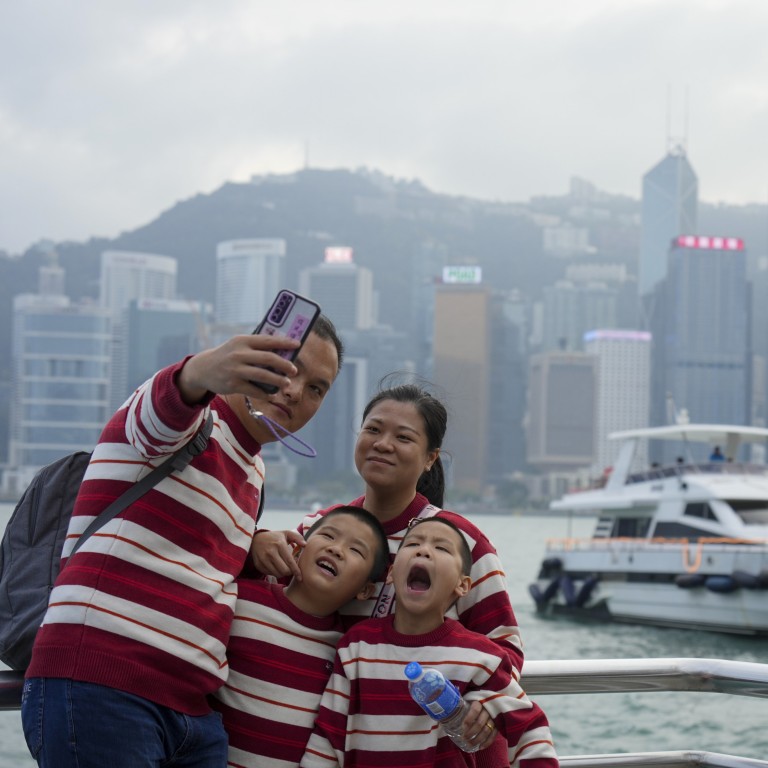
Letters | 2 ways Hong Kong can entice mainland China tourists to stay longer, spend more
- Readers discuss initiatives to account for changing visitor trends, poor service at restaurants, and a recently held golf tournament
Inspired by the success of the Australian Tourism Data Warehouse, I propose the creation of a more advanced personalised digital itinerary platform by the Hong Kong Tourism Board to revolutionise how visitors explore the city. This platform should allow visitors to customise their itineraries based on personal interests, time constraints and budgets, uncovering the “hidden gems” of Hong Kong that lie beyond the usual tourist spots, embracing our unique ability to transition from skyscraper vistas to verdant trails within an hour – a rare attribute around the world.
With real-time feedback and AI-driven recommendations, the platform could offer a tailored exploration of our city’s rich culture and natural beauty, encouraging deeper engagement and longer stays.
Further, to directly address the trend of brief visits, developing attractive incentive packages for extended stays is crucial. By collaborating with hotels, airlines and local businesses, we can offer deals, such as hotel discounts, exclusive access to attractions, and shopping vouchers, along with a loyalty programme that rewards longer stays, providing compelling reasons for tourists to prolong their visits. Such incentives will invariably enhance the overall visitor experience, showcasing the best of what Hong Kong has to offer.
These strategic solutions aim to address the current shift in visitor behaviour by offering unique, value-added experiences and tangible reasons for tourists from the mainland to extend their stays. As a part of Hong Kong’s tourism sector, I believe these initiatives can foster a more sustainable tourism model that benefits both our city and its visitors. It is time for us to leverage innovation to welcome a new era of tourism in Hong Kong.
Yeung Man Fung, Mid-Levels
City needs to better train service staff
I recently entertained two former colleagues from Shanghai who were visiting Hong Kong for the first time after Covid-19. They admired our beautiful harbour, skyline and architecture in Central and were truly impressed.
I then took them to a rather famous pizza restaurant in Central for lunch. The waitress serving us was very rude and impatient. I tried ordering in English, Cantonese and then Mandarin. She pretended she could not understand and behaved as if she was a lot more than a waitress.
My friends were appalled by this service in Hong Kong and I was hugely embarrassed, not to mention that we paid a hefty bill. While Hong Kong is struggling to rebuild its tourism industry, we cannot allow black sheep and poor service providers to hinder our efforts, leaving visitors with a bad impression.
As a local, I have tolerated many, many episodes of bad service with a shrug. But the awful encounter at this restaurant made me wonder: can we be more hospitable and better train our front-line service workers?
Tourists are attracted by experiences that they would remember fondly.
Cecilia Ng, Pok Fu Lam
Golf course plan played city into fairway bunker
However, your editorial fails to mention that by deciding to slice off part of the old course for housing development, the government has played itself into a fairway bunker and missed the green. Our officials should realise that these mega events require the full golf course facilities.
Frank Lee, Wan Chai

